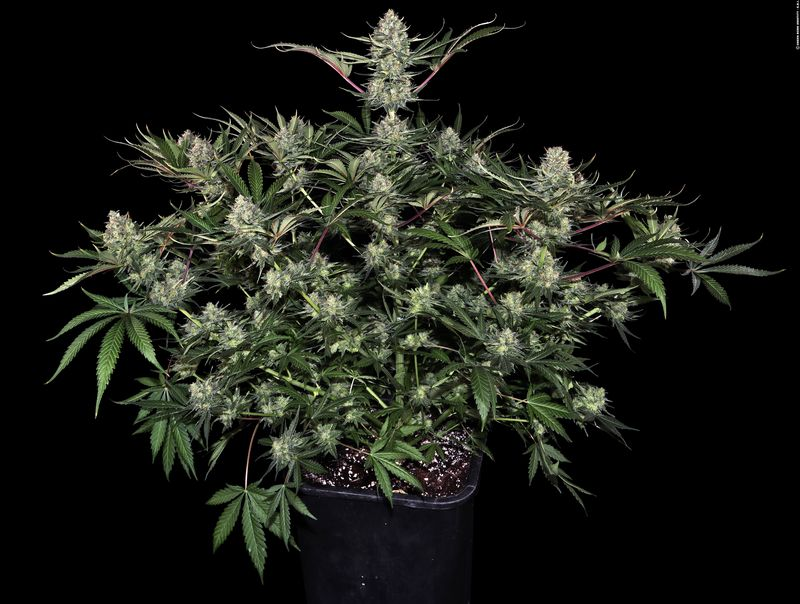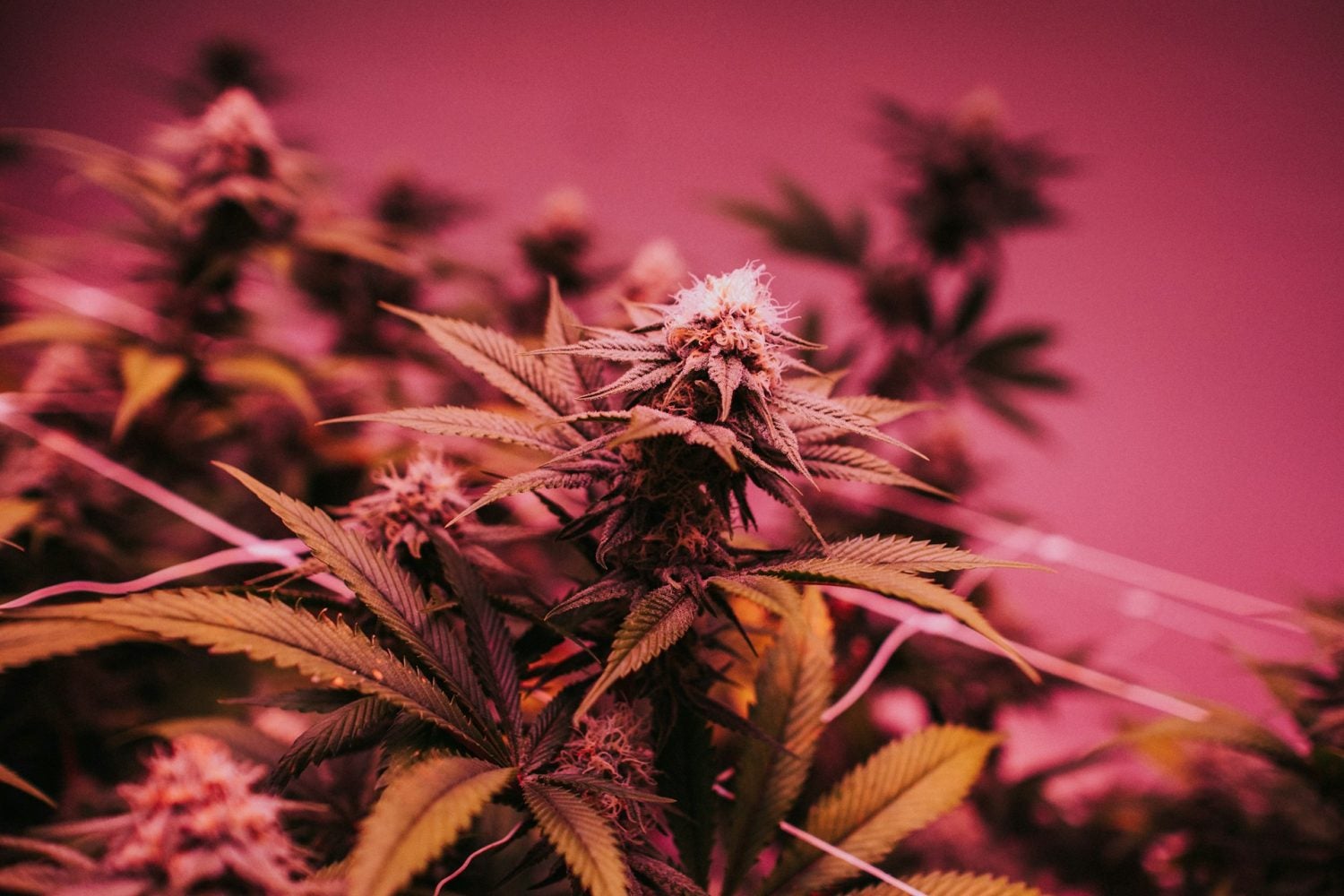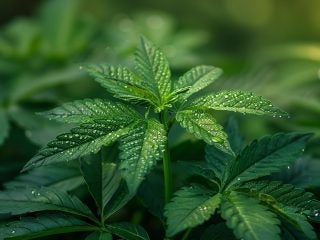Autoflowering cannabis strains have gained popularity among growers for their fast growth and ability to thrive in different environments.
However, many believe they yield less than photoperiod plants. Is this true, or is it just another myth? Understanding how to maximize yields can help growers make the most of their plants.
The Truth About Autoflower Yields
Autoflowers are known for their quick life cycle, and they typically mature in 8–12 weeks from seed to harvest. Because of this shorter growing period, some assume they produce lower yields. While they generally do not reach the massive sizes of some photoperiod strains, their efficiency makes them an attractive option. Proper techniques, combined with quality genetics such as Barney’s seeds, can help growers achieve impressive results.

Modern breeding advancements have improved autoflower genetics and can now lead to larger plants and better harvests. Some high-yielding autoflower strains now produce amounts comparable to smaller photoperiod plants. Yield depends on multiple factors, including environment, nutrients, training techniques, and overall plant care.
Factors That Affect Autoflower Yields
Light Intensity and Schedule
Unlike photoperiod plants, autoflowers do not require specific light cycles to flower. However, more light exposure leads to better growth. Most growers use an 18/6 or 20/4 light schedule for maximum development.
Genetics
Choosing the right strain plays a huge role in yield potential. Some autoflower strains are bred for large colas and heavy bud production. Researching seed banks with high-quality marijuana seeds for sale ensures a strong foundation for success.
Nutrient Management
Autoflowers are typically lighter feeders than photoperiod plants. The right balance of nitrogen, phosphorus, and potassium at each stage helps them grow efficiently. Overfeeding can cause nutrient burn, while underfeeding leads to slow development.
Training Techniques to Boost Yields
Although high-stress training (HST) methods like topping and fimming can be risky for autoflowers, low-stress training (LST) can improve yields without harming the plant. Here are some effective training methods:
- Low-stress training (LST): Gently bend branches to expose lower buds to more light.
- Defoliation: Remove a few leaves to improve airflow and light penetration.
- Screen of green (ScrOG): Use a net to spread the plant’s canopy for even bud development.
Common Myths About Autoflower Yields
1. Autoflowers Always Produce Small Yields
Early autoflower strains were known for their compact size, but newer genetics have led to bigger plants with higher production potential. Many autoflowers now grow over three feet tall and yield multiple ounces per plant.
2. They Cannot Handle Training Techniques
While autoflowers have a limited vegetative stage, they can still benefit from low-stress training (LST). Techniques like bending branches to increase light exposure help improve bud development without stunting growth.
3. Photoperiods Are Always the Better Option
Photoperiod plants offer more control over size and yield, but they require longer grow times and specific light schedules. Autoflowers provide a faster turnaround, which makes them ideal for growers who want quicker harvests.
Autoflower vs. Photoperiod Yields
| Factor | Autoflowers | Photoperiod Plants |
| Growth time | 8–12 weeks | 3–6 months |
| Yield per plant | 1–6 ounces | 3–16+ ounces |
| Light schedule | 18/6 or 20/4 (consistent) | 18/6 (veg), 12/12 (flower) |
| Training methods | LST, ScrOG, light defoliation | Topping, fimming, LST, ScrOG |
| Best for | Fast harvests, small spaces | Large yields, full control |
How to Maximize Autoflower Yields

Best Practices for Growth
- Choose high-yielding autoflower strains for better production.
- Use well-draining soil with proper aeration to prevent root issues.
- Maintain stable temperatures between 70–85°F (21–29°C).
- Ensure consistent humidity levels and adjust them as the plant matures.
Tips on Feeding and Watering
- Start with light nutrients and increase gradually as plants grow.
- Avoid overwatering, as autoflowers have smaller root systems.
- Use organic fertilizers for a slow, steady nutrient release.
To Review
Autoflowers have come a long way from their early reputation of low yields. With the right genetics, proper care, and effective training methods, growers can achieve impressive harvests. While they may not always match the yields of large photoperiod plants, their fast-growing nature and efficiency make them a valuable choice for many cultivators.

















